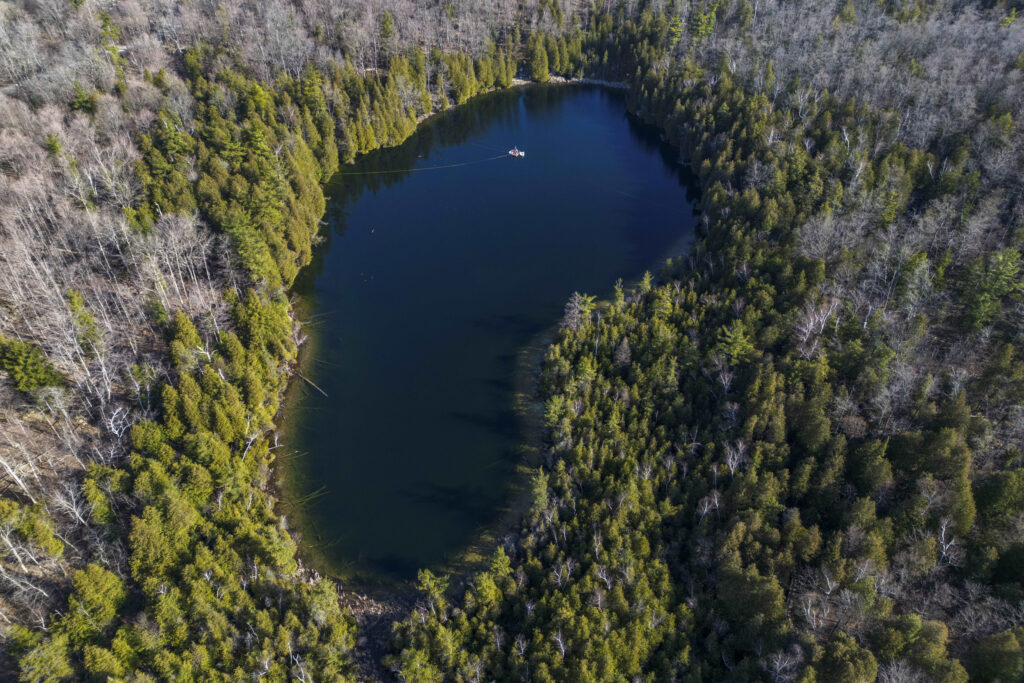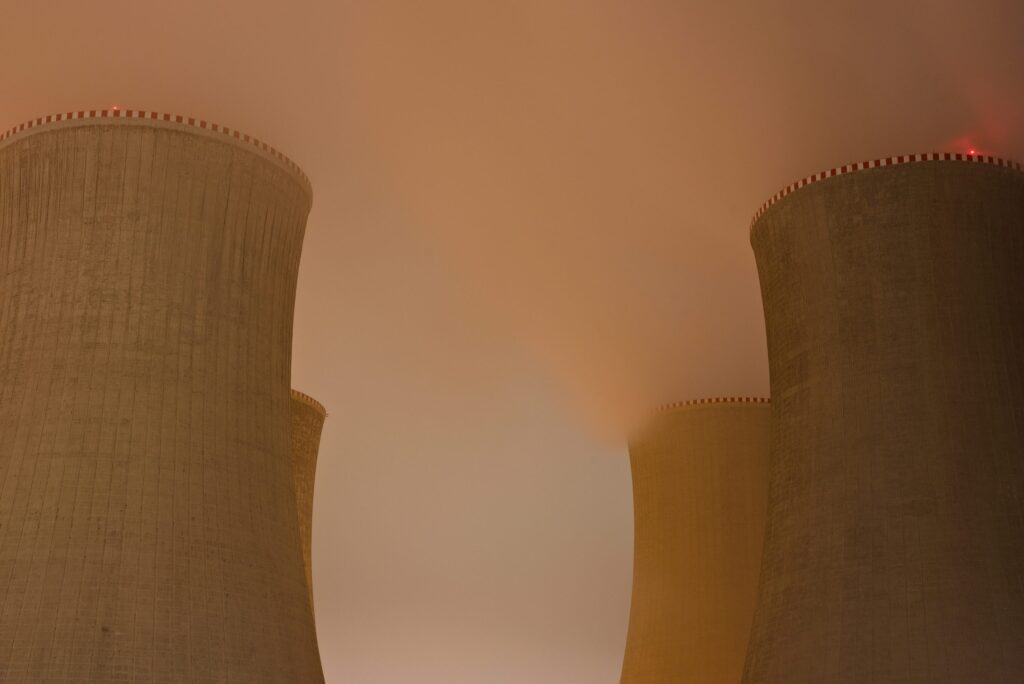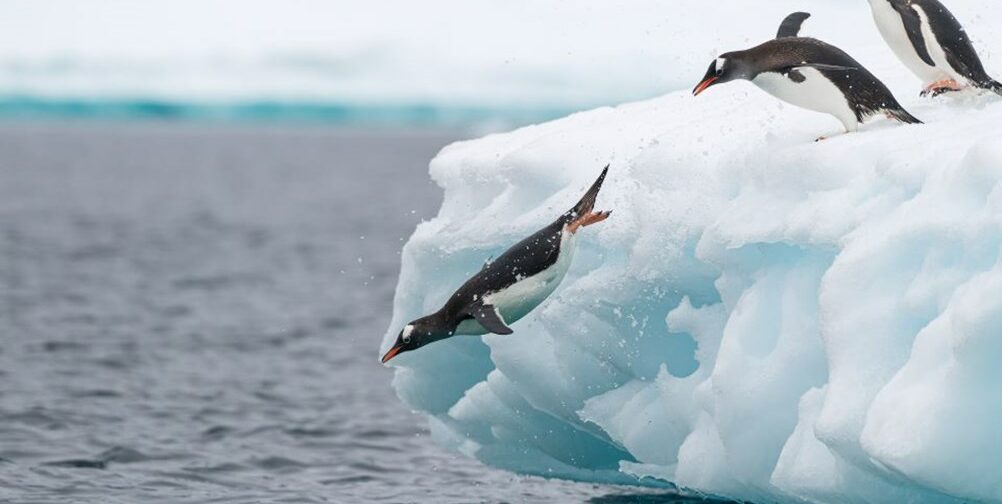Time magazine publishes Chris Wilson’s mock obituary of the Holocene, supposedly bumped off by humans who have now dumped themselves and the planet into the blazing, miserable Anthropocene. It’s a cute conceit. But also such a grab-bag of nonsense that it suggests we’ve veered into the Idiotscene instead. Everything the piece claims, from the damage to the ecosystem from nuclear testing to the unprecedented stability of the past 11,000 years, is plainly wrong. Which is only funny by accident. And not very.
For starters, the piece claims “The cause of death was the rapid alteration of the earth’s ecosystem due to nuclear weapon tests, micro-plastic pollution, agriculture, carbon emissions and other human contributions to the changing environment, according to the Anthropocene Working Group.” He left out the kitchen sink. But nuclear weapons tests? Really?
In A Moment on the Earth Gregg Easterbrook argued that if humans suddenly went extinct and 65 million years later, the same gap that separates us from the dinosaurs, alien archeologists studied the Earth, they would be unlikely to discover that we had even existed. One way they might, if they were the interstellar equivalent of Sherlock Holmes, is “by detecting traces of radioactive elements that can be made in laboratories but are thought not to occur in nature.” But whatever harm ongoing nuclear weapon tests, especially above ground, might have done to human health, the idea that they changed the environment in geologically significant ways isn’t just wrong. It’s silly.
The notion that we have changed it at all is also wrong, hence Easterbrook’s larger point. Micro-plastic pollution is a bad thing and if it goes on too long it may have a significant impact. But what it might do and what it has already done are different in ways that alarmists seem increasingly uninterested in grasping even if they could.
Agriculture, too, has had some minor impact on land and a somewhat larger one on ecosystems. Though as Wilson mentions in a rare burst of lucidity, our conduct before we invented farming may have been more significant: “The last of the woolly mammoths perished under its [the Holocene’s] watch, as did a great many other large species—often done in by human hunters.” Here he notices something that is taboo in the PC world. But he overlooks our growing awareness of the need to farm in better harmony with nature. It may take some decades to get there, especially in poor countries where the struggle for daily survival sidelines environmental concerns. But we do care about soil restoration rather than depletion, about preventing erosion, about the hazards of monoculture, and a great many farmers are taking enlightened action to take better care of the land they live off and love.
Wilson also makes a characteristic alarmist error, if error is not too kind a word, also made by Al Gore in An Inconvenient Truth and many others. In listing the accomplishments of the late lamented Holocene, gone too soon, the spoof obituary includes “’It set up these Goldilocks conditions for human civilization to take off,’ says Nicholas Spano, a graduate student researcher at the Department of Integrative Biology and Museum of Paleontology, University of California, Berkeley. ‘During the Holocene, earth’s climate as a whole became much more stable.’”
Really? More stable than what? The Pleistocene maybe, with its repeated glaciations and interglacials. But that means the Holocene is just the most recent interglacial. There’s no reason to consider it a separate Epoch and not grant the same status to, say, the Eemian, a brief warm “Period” that lasted from roughly 130,000 to 115,000 years ago between two glaciations.
Wilson contrasts the brevity of the Holocene “Epoch” with the 2.5 million years of the Pleistocene and the 22 million of the Eocene. But if the Holocene is just another interglacial then the Pleistocene has not ended at all. We’re simply experiencing one more standard episode in its extended series of long glaciations and brief interglacials. Thus the irony is that if the Holocene really is nearing its end, it’s because of returning glaciers, not an atomic plastic apocalypse. And as Easterbrook wrote, if the glaciers return, a great many northern hemisphere cities thought to have “permanently ruined” the landscape will vanish utterly no matter what we try to do.
Should the Holocene end soon, the only unusual thing about it will be that self-absorbed humans decided it was its own Epoch because we were there. And if the Pleistocene continues for tens of millions more years in what appears to be a downward cycle of warmings and coolings, it may spell the end of all life on earth including that of writers peddling cheeky obituaries.
Finally, what’s with asserting that the Holocene was stable, and at those precious “Goldilocks” conditions that alone can support civilization? It beats former Secretary of State John Kerry in Jakarta in February 2014 claiming that “for millions of years – literally millions of years” the average “temperature of the Earth has been about 57 degrees Fahrenheit, which keeps life going” due to a layer of greenhouse gases “a quarter-inch, half an inch, somewhere in that vicinity – that’s how thick it is. It’s in our atmosphere. It’s way up there at the edge of the atmosphere”. But Wilson immediately contradicts himself, adding that “Early in its life, the Holocene’s warm, stable climate helped facilitated the development of agriculture around the world”.
He even links to the Wikipedia article on the “Holocene climatic optimum” which makes very plain that the temperature during the Holocene has not been stable and that it is now considerably colder than it was around the time farming was perniciously invented. It’s also worth noting that it’s generally agreed that the Eemian was a degree or two warmer than the Holocene, despite CO2 concentrations of just 280 ppm, one more sign that CO2 does not drive global temperature and that global temperature is and always has been anything but stable.
One final point, if any were needed. Wilson says “Among the Holocene’s many later accomplishments were the proliferation of plant and animal life as the planet became more hospitable, the invention of writing and Bing Crosby’s 1944 hit ‘Don’t Fence Me In.’” It isn’t clear whether he thinks the planet became more hospitable as the warm Holocene succeeded the imaginatively named “Last Glacial Period” or as the Holocene climatic optimum gave way to a downward sequence of warmings and coolings from the Minoan Warm Period down to the Little Ice Age. But in any case if you want to see a truly hospitable planet, don’t look out the window or even at the fertile crescent at the dawn of agriculture. Look at the Jurassic, with high levels of CO2, warm wet surroundings, and… oh dear… that Allosaurus over there preparing to pounce.
What really seems to be in danger of dying too soon is intelligent discussion of climate.



...if the glaciers return, a great many northern hemisphere cities will be under water - just as the alarmists predicted! (frozen water, but still...)
Already, some snow in October at Manitoba and the power goes off. The oil in the pipeline to the US stops flowing. It's only fall.
What will happen when we get a real cold winter? Would that be the start of the idiotscene? Or are we already in the middle?
Better keep the candles ready and some firewood. Matches too.